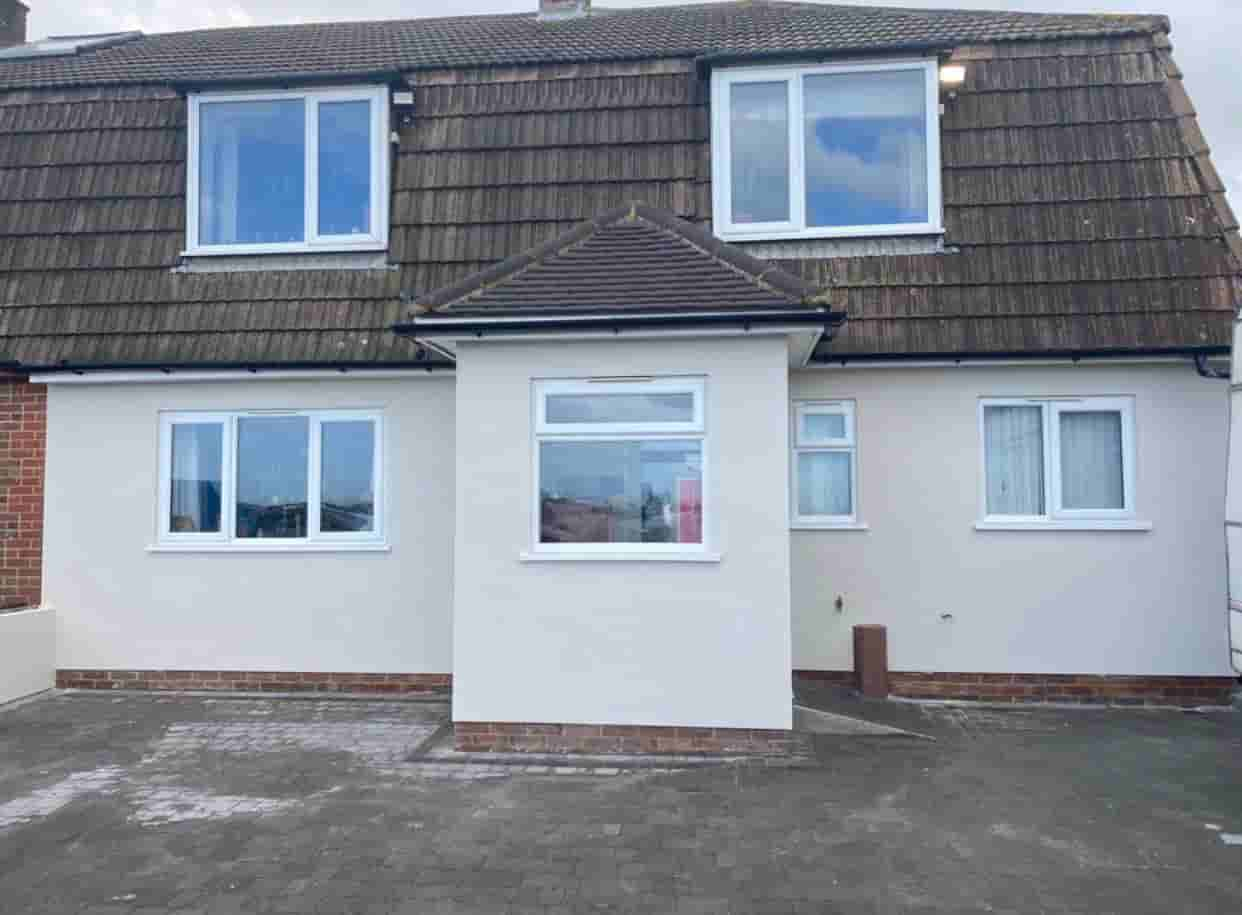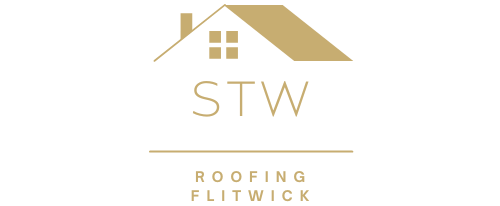Detecting Roof Leaks: Tips for Effective Inspections
Introduction: A leaking roof can cause significant damage to your home and belongings if left unattended. Detecting roof leaks early is crucial for preventing costly repairs and maintaining the integrity of your property. In this blog post, STW Roofing Flitwick shares valuable tips for conducting effective roof leak inspections, helping you identify and address issues before they escalate.
1. Conduct Regular Visual Inspections
Routine visual inspections of your roof are the first defence against leaks. Here’s what to look for during these inspections:
- Missing, cracked, or damaged shingles or tiles.
- Curling or buckling shingles.
- Algae or moss growth, which can indicate moisture buildup.
- Damaged or deteriorated flashing around roof penetrations like chimneys, vents, and skylights.
- Visible signs of sagging or warping in the roof structure.
- Accumulation of debris in roof valleys or gutters.
2. Check the Attic
Your attic can provide valuable clues about potential roof leaks. Here’s what to look for:
- Water stains or discolouration on the attic ceiling or walls.
- Damp insulation.
- Mould or mildew growth.
- Signs of daylight are coming through the roof boards.
- Visible water droplets or moisture on roof framing members.
3. Inspect Your Ceiling and Walls
Water stains or discolouration on interior ceilings and walls are often clear signs of a roof leak. Check these areas for unusual spots or marks, especially after heavy rainfall or storms.
4. Look for Water Entry Points
Identify potential entry points where water could infiltrate your roof:
- Check the condition of roof vents, plumbing vents, and chimney flashing.
- Examine the seals around skylights for cracks or gaps.
- Inspect the area around roof valleys and eaves for signs of wear or damage.
5. Conduct a Hose Test
If you suspect a roof leak but can’t locate the source, enlist the help of a friend or family member. Have one person go on the roof with a hose while the other stays inside the attic or living space. Use the hose to simulate rain by spraying water in different roof areas. The person inside can watch for signs of water infiltration, helping pinpoint the leak’s location.
6. Document Your Findings
Keep a record of your inspections, including photographs and notes. This documentation can be valuable if you hire a roofing professional or file an insurance claim.
7. Seek Professional Assistance
If you cannot locate the source of a roof leak or if the issue seems extensive, it’s advisable to consult a professional roofing contractor. They have the expertise and tools to conduct a thorough inspection and provide accurate solutions.
Conclusion: Early detection of roof leaks is essential for preventing costly repairs and protecting your home. By following these tips and conducting regular inspections, you can promptly identify and address roof leaks, ensuring your roofing system’s longevity and integrity. If you suspect a roof leak or need assistance with a thorough inspection, don’t hesitate to contact STW Roofing Flitwick for professional roofing services and solutions.
Call us on: 01525 659 598
Click here to find out more about STW Roofing Flitwick
Click here to complete our contact form and see how we can help with your roofing needs.

